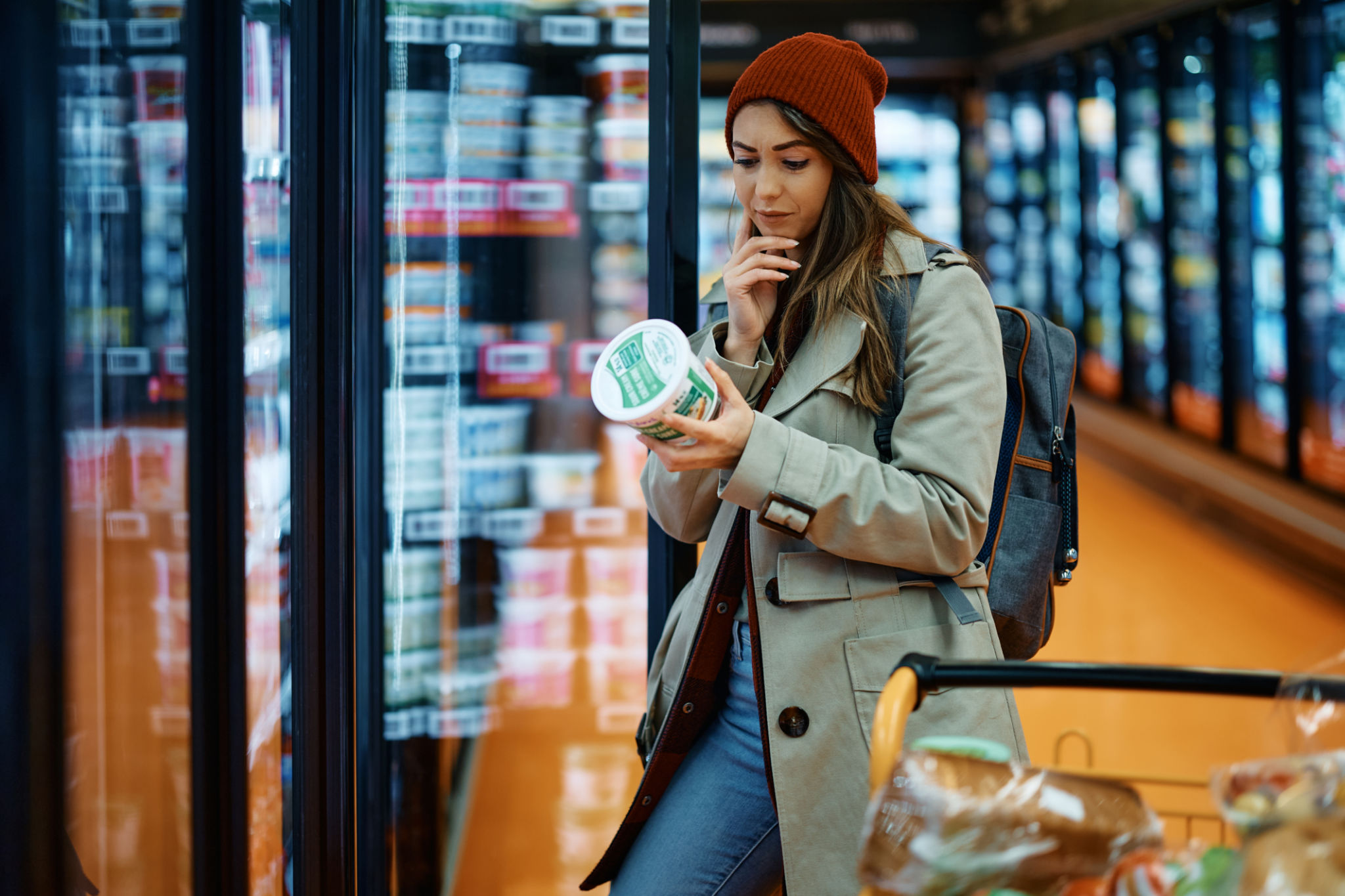The Rise of Clean-Label Foods: A Comprehensive Guide
Understanding Clean-Label Foods
The term "clean-label" foods has been gaining traction in the food industry as consumers become more conscious of what they eat. But what exactly does it mean? Essentially, clean-label foods are those that contain simple, recognizable ingredients, free from artificial additives, colors, and preservatives. The goal is to provide transparency in food labeling, allowing consumers to make informed choices about their diet.
With the surge in demand for healthier and more natural food options, companies are increasingly adopting clean-label practices. This shift is not just a trend but a movement towards a more holistic approach to eating and lifestyle. As we explore this topic, let's delve into why clean-label foods are becoming so popular and how they are reshaping the food industry.

The Consumer Demand for Transparency
Today's consumers are more informed and discerning than ever before. With the rise of digital technology, information about food ingredients and their health impacts is readily accessible. This has led to a growing demand for transparency from food producers. People want to know exactly what's in their food and where it comes from.
Several factors are driving this demand. Health concerns, environmental awareness, and ethical considerations play significant roles. Many consumers are looking to avoid artificial additives due to potential health risks and are opting for products that align with their values, such as sustainability and animal welfare.

The Benefits of Clean-Label Foods
Adopting a clean-label diet can offer numerous benefits. Firstly, these foods often contain fewer processed ingredients, which can lead to better digestion and overall health. By choosing products with simpler ingredients, consumers can reduce their intake of potentially harmful additives.
Moreover, clean-label foods often support sustainable practices. Many companies that produce such products focus on ethical sourcing and environmentally friendly manufacturing processes. This not only benefits the consumer but also contributes positively to the planet.

Challenges Faced by the Industry
While the clean-label movement is gaining momentum, it is not without its challenges. For manufacturers, reformulating products to meet clean-label standards can be complex and costly. Removing artificial ingredients often requires finding natural alternatives that can maintain the product's taste, texture, and shelf life.
Additionally, there is no universal definition or standard for what constitutes a clean label, leading to potential confusion among both manufacturers and consumers. The lack of regulation can result in inconsistency in labeling practices across brands.
How to Identify Clean-Label Products
For consumers looking to incorporate clean-label foods into their diet, understanding how to identify these products is crucial. Here are some tips:
- Read ingredient labels carefully. Look for short lists with recognizable ingredients.
- Avoid products with artificial additives, colors, or preservatives.
- Look for certifications such as organic or non-GMO.
By being informed and selective about the products you choose, you can enjoy the benefits of clean-label foods while supporting ethical and sustainable practices in the food industry.

The Future of Clean-Label Foods
The future looks promising for clean-label foods as more companies embrace this approach due to consumer demand. Innovation in food technology is making it easier for manufacturers to create products that meet clean-label criteria without compromising on quality or taste.
As this movement continues to grow, it is expected that more stringent regulations and standards will be developed to ensure consistency and trust in clean-label claims. This could lead to a broader adoption of these practices across the global food industry.
Ultimately, the rise of clean-label foods signifies a shift towards a healthier and more sustainable future for both consumers and the planet. By supporting this movement, we can all contribute to a better food system.
